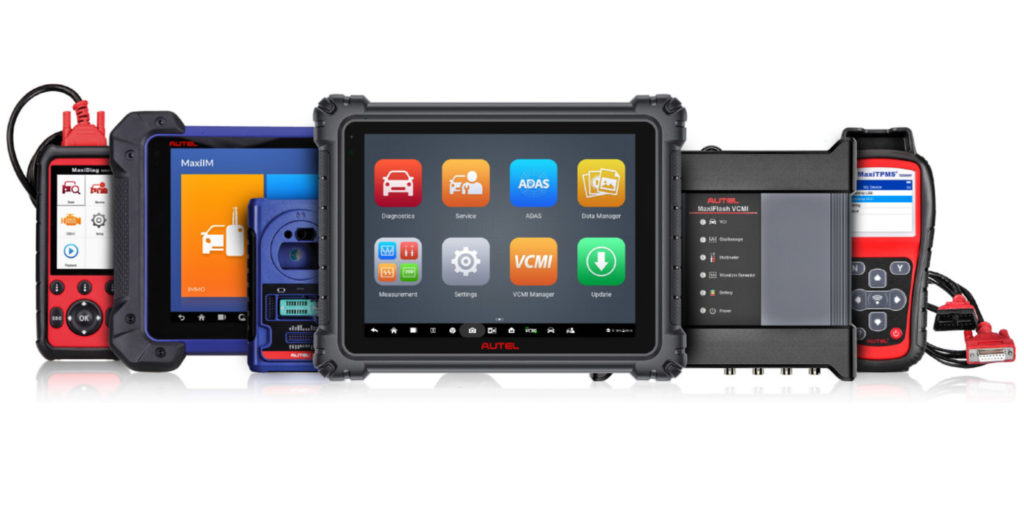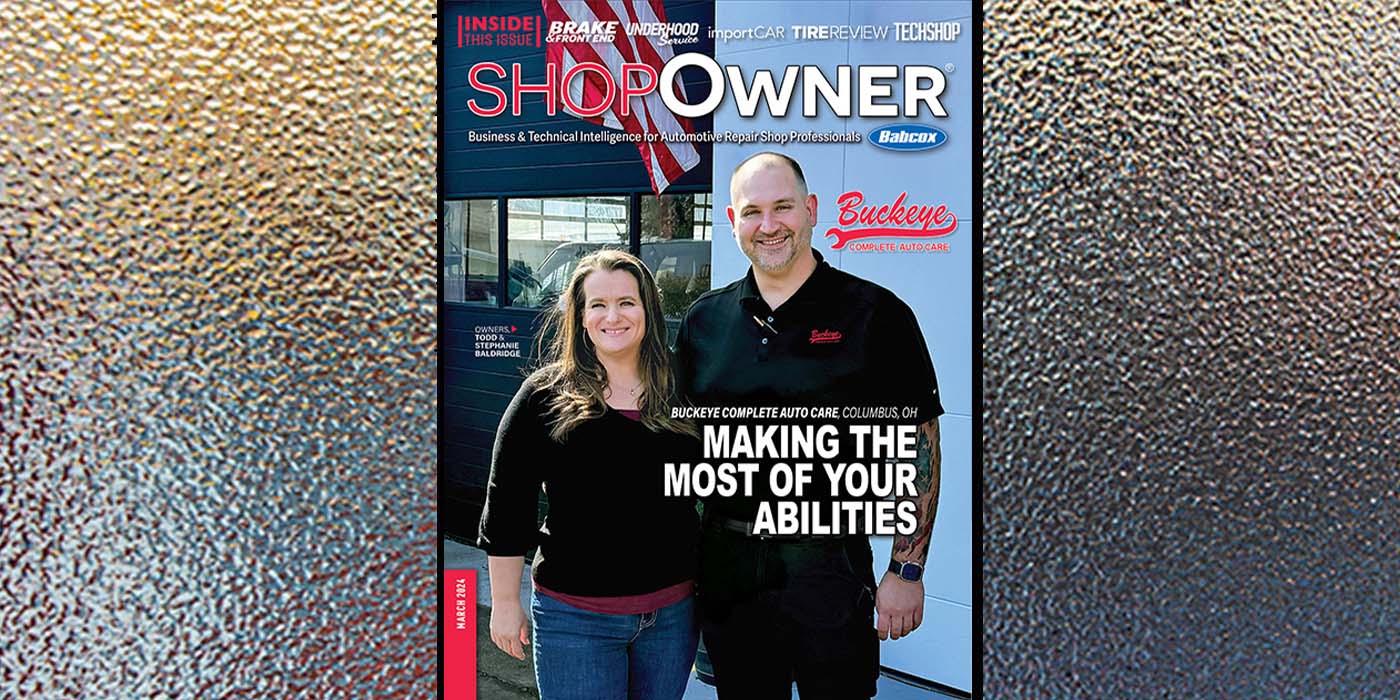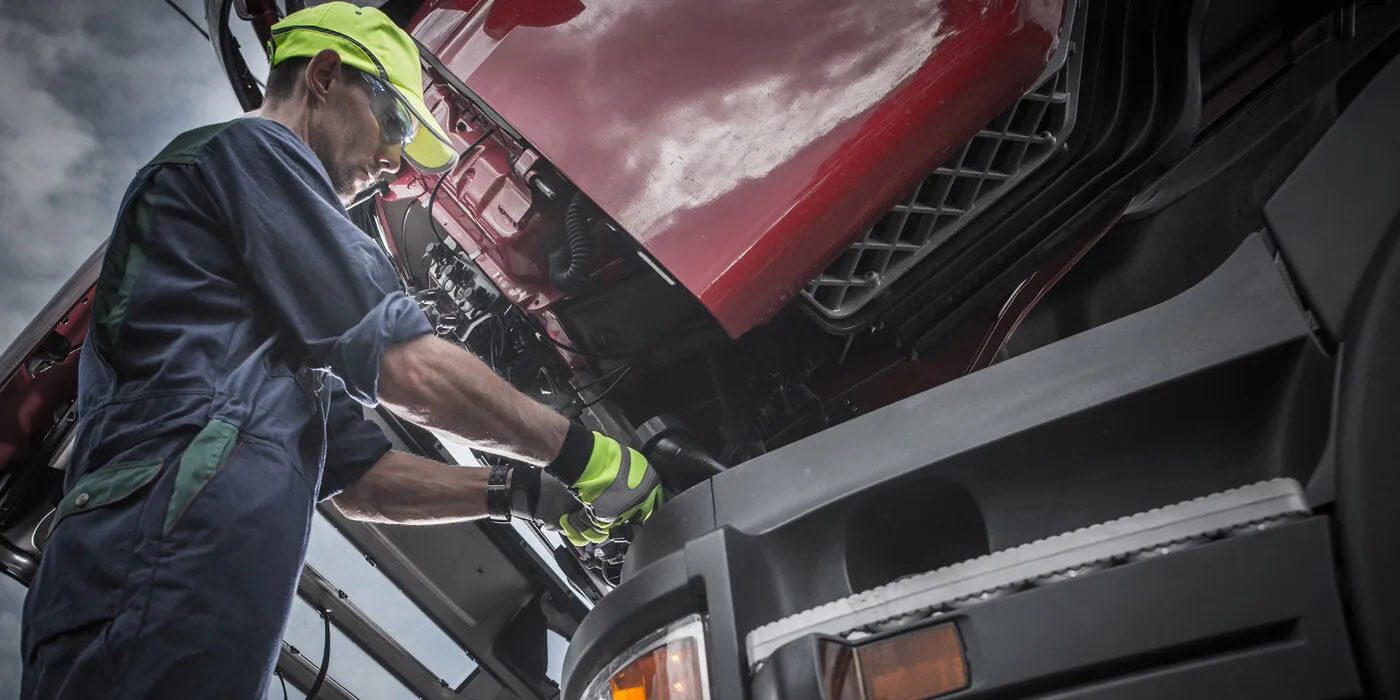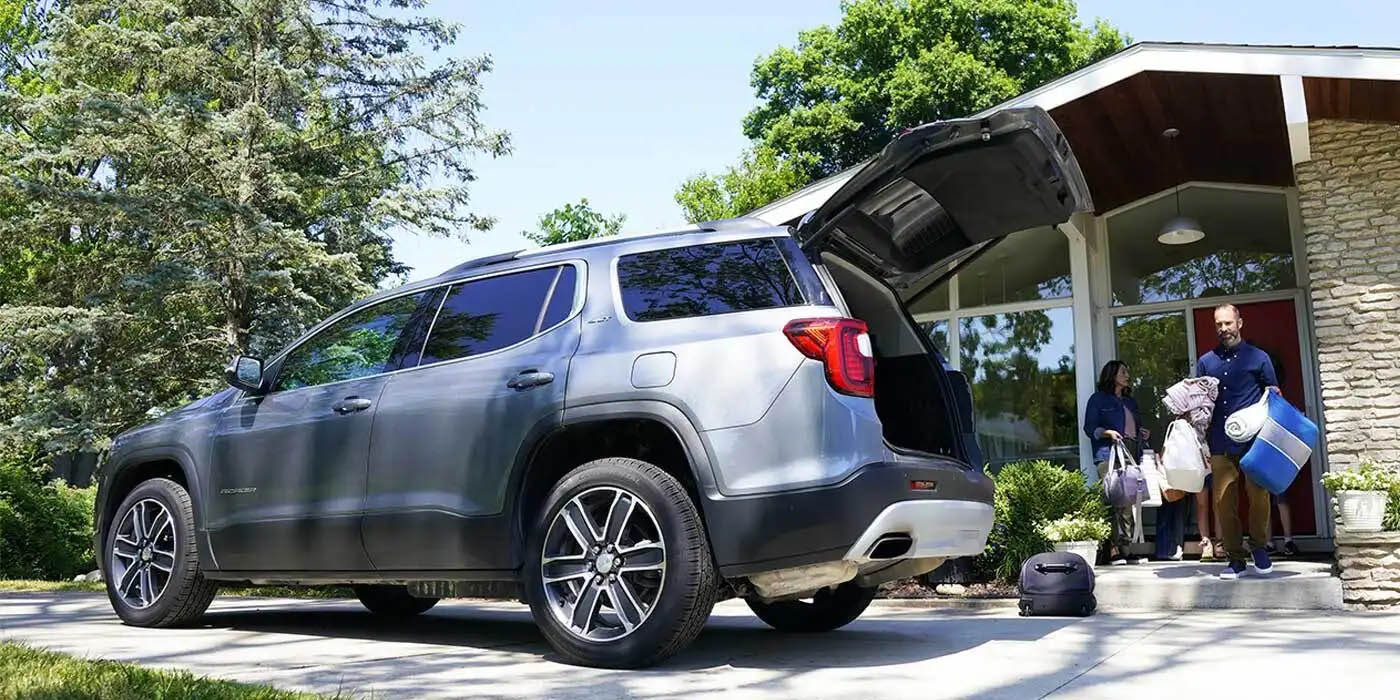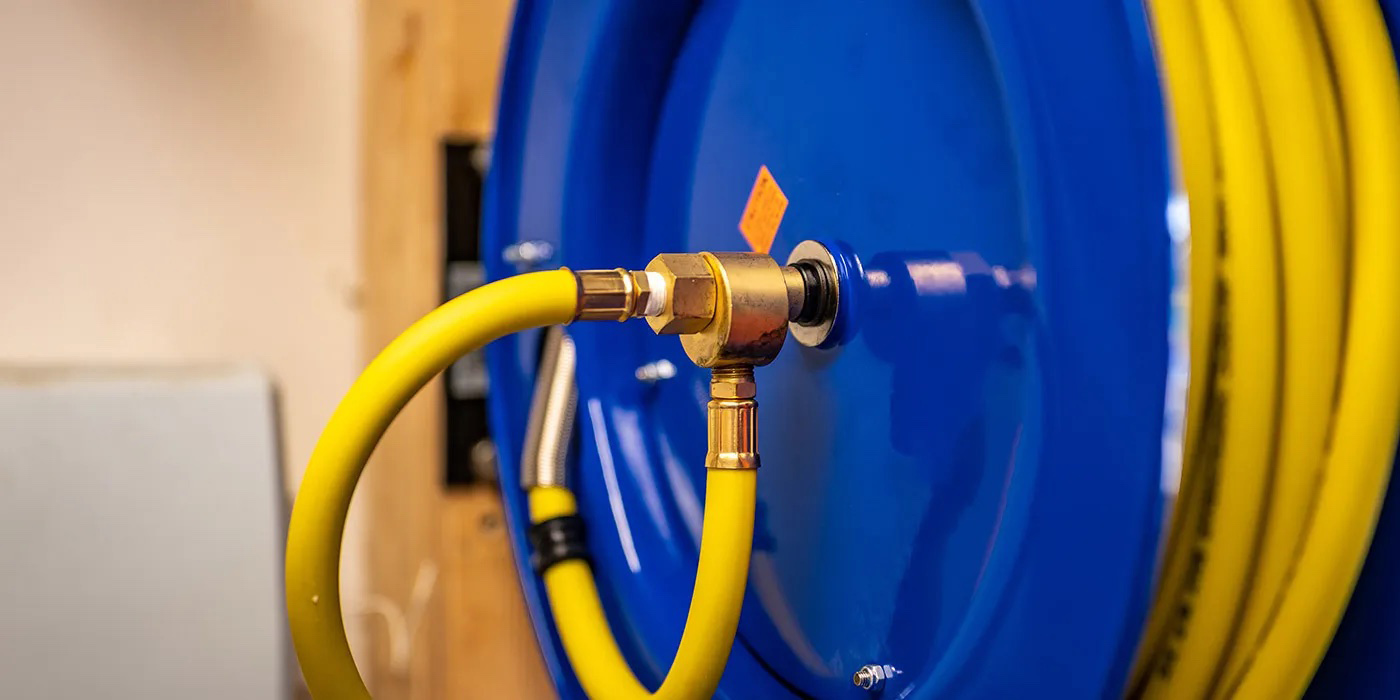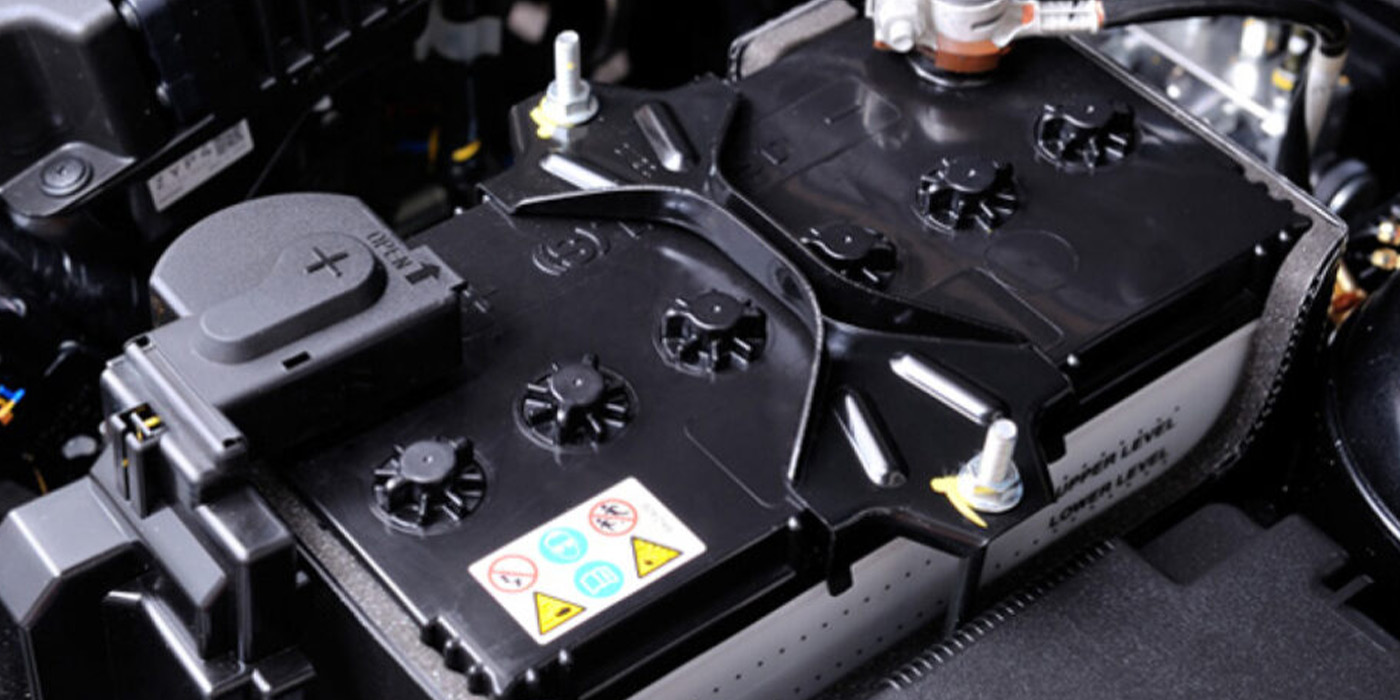Diagnostic tools – or more commonly referred to as scan tools – have been a mainstay in the technician’s toolbox for years now. Starting with the 1996 model year, all cars and light trucks built and sold in the United States are required to be equipped with OBD II connectors. Before that, connecting to and communicating with a vehicle’s computer was like the Wild West.
My first scan tool cost several thousand dollars new (now you can find them on eBay for less than $100), and it used big plug-in cartridges for different types of vehicles. The kit came with about a dozen or so connectors to hook up to all the various vehicles with electronic controls. Some were rather crude and literally had a pigtail of wires that you had to color-match to the car. The manual with it was akin to the Sears catalog in size and breadth. I was used to dealing with carburetors and occasionally points ignition, so this was a step up. The first time I plugged it into my stumbling 1988 Pontiac Fiero and it told me about the vacuum leak I had and where to find it, I was sold.
My first scan tool cost several thousand dollars new (now you can find them on eBay for under $100), and it used big plug-in cartridges for different types of vehicles. Since then, cars have gotten a LOT smarter, as have the scan tools used to diagnose them. And because they are much more common, the prices have dropped dramatically too. I’ve picked up Bluetooth “dongles” for $12. They are nothing more than a tiny wireless plug-in that connects to the OBD II port and relays the info to your smartphone. Depending on the plug-in that you purchase and the app that you install on your phone, they can be simple code readers OR they can be full-on, real-time gauges of your choice.
Here are a few considerations for selecting a diagnostic tool.
1. Intended use
If you’re like me – a more or less “shade-tree” mechanic who works on your own stuff – or a professional technician who will be using the tool for a variety of vehicles on a daily basis, there are a few things to keep in mind:
• Some scan tools are for specific purposes – that is, they are mainly for diagnosing engine issues.
• As you increase in price, many will have an “add-on” for ABS brake codes.
• Many scan tools have limited or even no capability when diagnosing diesel-powered vehicles.
• Scan tools might have limited capabilities for hybrid vehicles as well. I have a Ford Fusion Energi for a long commute, and some of my scan tools will recognize the hybrid side of the drivetrain and some only show the gasoline engine codes and treat it as if the electric portion isn’t even there.
2. Upgrade ability
The capabilities of cars, trucks and SUVs increase on an almost daily basis, and you don’t want to buy an expensive tool that’s outdated before it pays for itself. As many new cars are starting to use “over-the-air updates,” your diagnostic scan tools need to keep up. Of course, the ability to upgrade your unit will cost you more in the short run but may save you thousands in the long game.
• Updates can be done by USB plug-in to your computer.
• Some units use a memory card (SD or even microSD).
• Some are Bluetooth-enabled for upgrades too.
3.You get what you pay for.
As with most things, you get what you pay for. More expensive scan tools have features that make them easier to use and offer a more thorough diagnosis, often pointing the technician toward the root issue and not just a simple code definition. Some things to consider:
• Color screens – This can help quickly point out items of interest and importance.
• Wireless capability – This can give you the opportunity to work on the vehicle and see what you’re looking for without having to make multiple trips to the driver’s seat to read the screen.
• Price – Just because it costs more doesn’t necessarily mean it’s better. Do your homework and choose wisely.
So, look at what’s important for you. Three key criteria for most buyers are compatibility, capability and price point. Make sure you’re buying what you need; that it works on the vehicles you intend to use it on; and it has the ability to help you diagnose issues quickly.
Lastly, shop around and find a quality brand with robust customer support that can help you if you have issues. Look for reviews from other users to see what real-life experience they’ve had and what they recommend. Learn from other’s mistakes.

